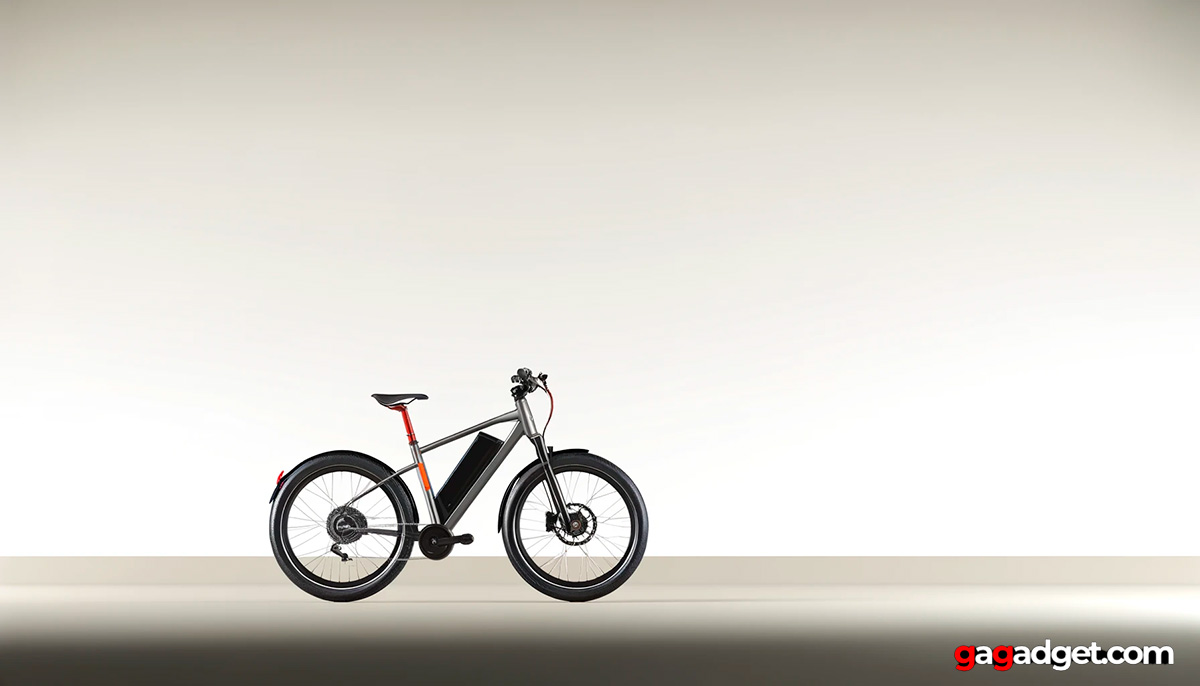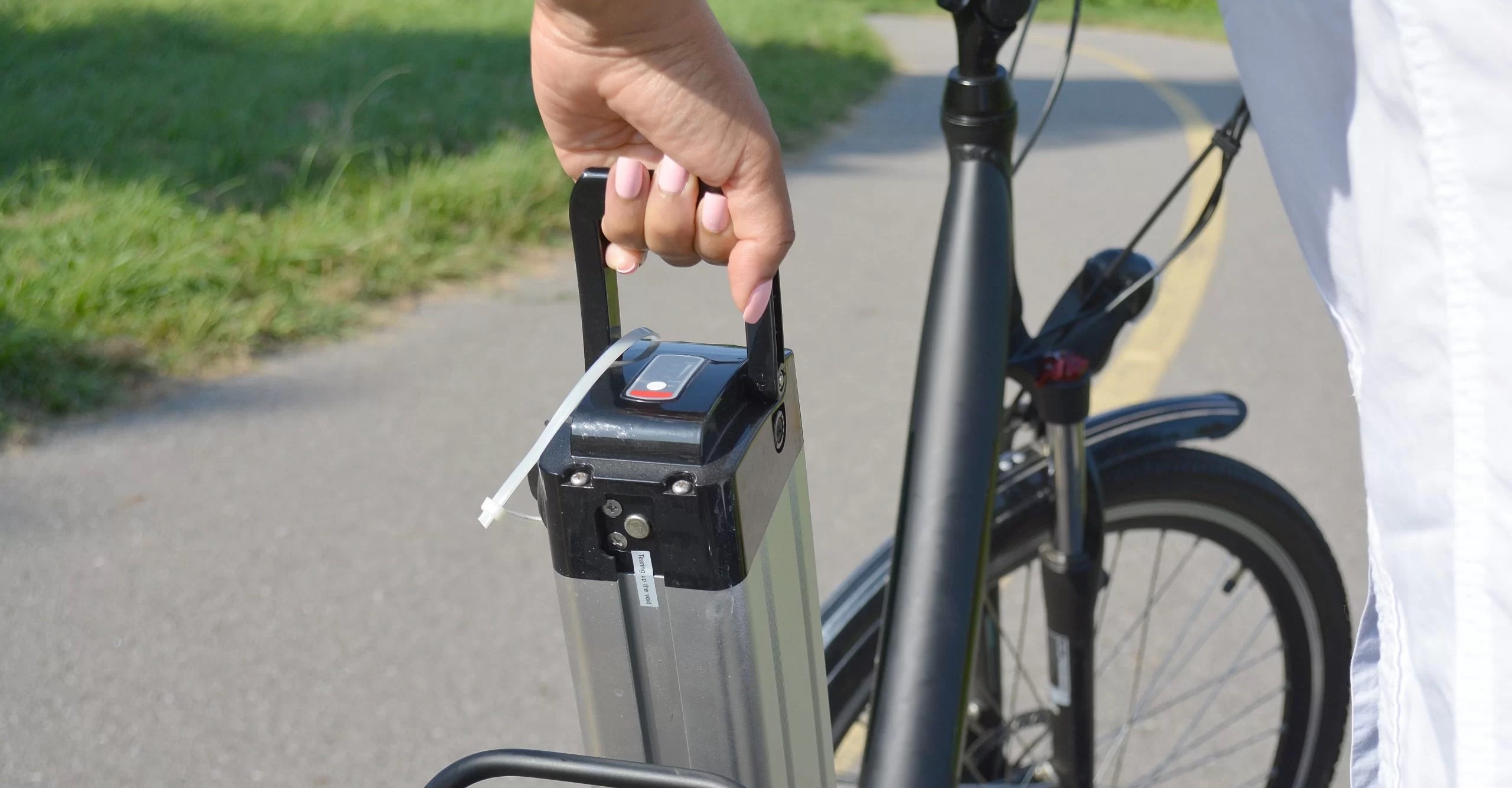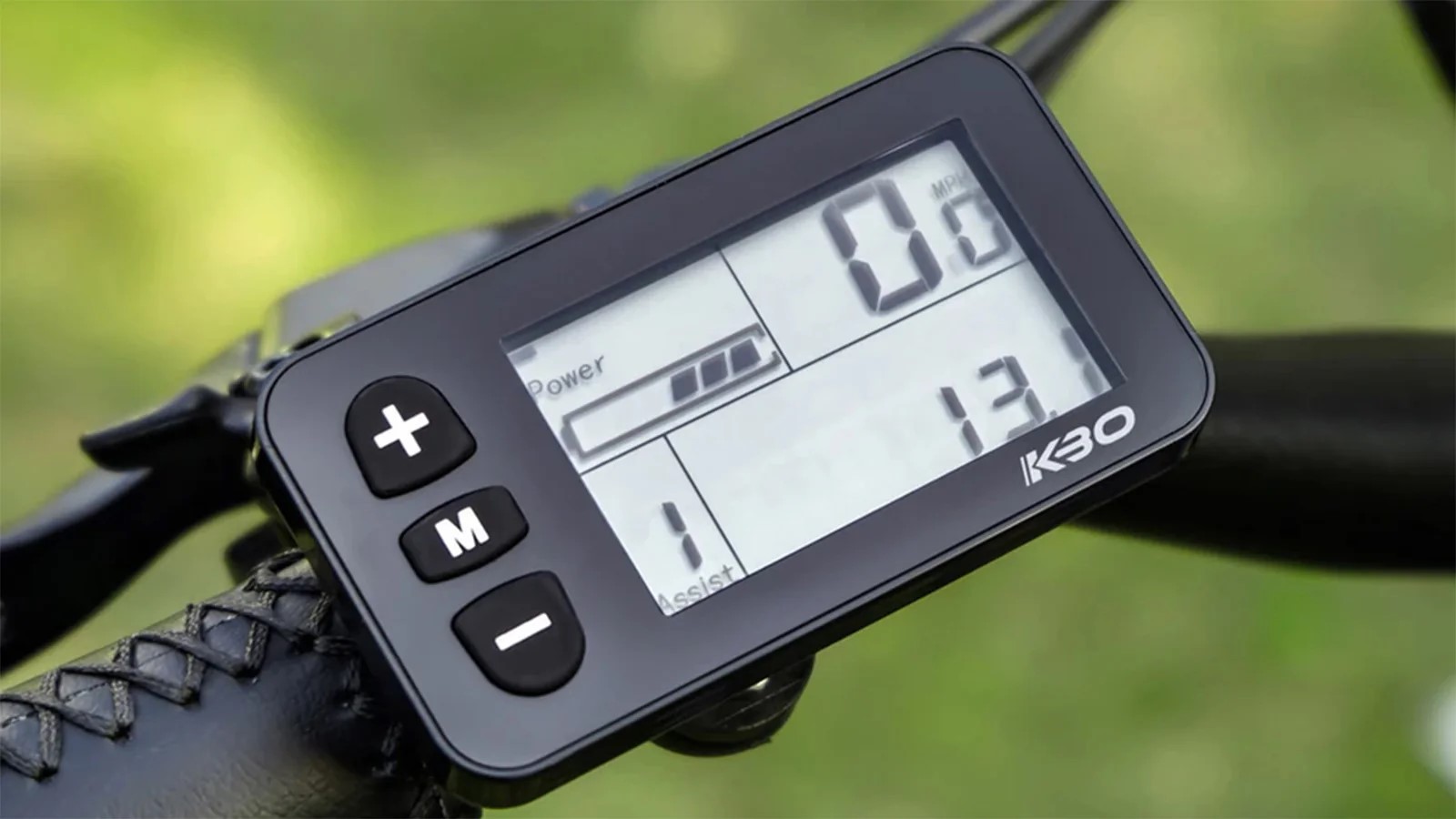How e-bikes work
Electric bikes, or e-bikes, have gained significant popularity in recent years as a sustainable and efficient mode of transportation. They offer riders the convenience of a traditional bicycle with the added benefit of electric power assistance. This article will explore the various components and technologies that make e-bikes work, providing a comprehensive understanding of their functioning and advantages.
Short answer: E-bikes combine the basic components of a traditional bicycle with an electric motor, battery, and controller. The electric motor assists the rider's pedaling, making it easier to travel longer distances and tackle hills. The battery powers the motor, while the controller manages the power output based on the rider's input and selected assistance level. E-bikes also feature sensors that detect the rider's pedaling effort and speed, allowing for smooth and intuitive power assistance.
- Components of an E-Bike
- Types of E-Bike Motors
- E-Bike Batteries
- E-Bike Controllers and Sensors
- Pedal Assist and Throttle Systems
- Regenerative Braking in E-Bikes
- E-Bike Classes and Regulations
- Advantages of E-Bikes
- E-Bike FAQ
Components of an E-Bike

An e-bike consists of several key components that work together to provide electric power assistance:
- Electric Motor: The motor is responsible for providing the additional power to the bike. It can be located in the front or rear wheel hub, or in the center of the bike frame (mid-drive motor);
- Battery: The battery stores the electrical energy needed to power the motor. It is typically rechargeable and can be located on the frame or integrated into it;
- Controller: The controller is the "brain" of the e-bike, regulating the power output from the battery to the motor based on the rider's pedaling input and selected assistance level;
- Sensors: E-bikes use sensors, such as torque or cadence sensors, to detect the rider's pedaling effort and speed, allowing the controller to provide smooth and responsive power assistance;
- Display: Many e-bikes feature a display unit that shows information such as battery level, speed, distance traveled, and selected assistance mode.
In addition to these electric components, e-bikes also have the standard parts of a traditional bicycle, such as the frame, wheels, brakes, gears, and pedals.
Types of E-Bike Motors
There are three main types of electric motors used in e-bikes, each with its own advantages and disadvantages:
Hub Motors: Located in the front or rear wheel hub, hub motors are the most common type of e-bike motor. They are relatively simple, cost-effective, and easy to maintain. Hub motors can be further classified into geared and direct-drive motors. Geared hub motors offer better torque and efficiency, while direct-drive motors are quieter and have regenerative braking capabilities.
Mid-Drive Motors: Positioned at the center of the bike frame, mid-drive motors offer several advantages over hub motors. They provide a more balanced weight distribution, improve the bike's handling, and allow for more efficient use of the bike's gears. Mid-drive motors also offer higher torque output, making them ideal for climbing hills or carrying heavy loads. However, they are generally more expensive and complex than hub motors.
Friction Drive Motors: Less common than hub and mid-drive motors, friction drive motors use a roller that presses against the tire to propel the bike. They are relatively inexpensive and easy to install but are less efficient and can cause tire wear. Friction drive motors are more suitable for short distances and flat terrain.
E-Bike Batteries

E-bike batteries are typically lithium-ion, as they offer a high energy density, long lifespan, and relatively low self-discharge rate. The battery capacity, measured in watt-hours (Wh), determines the range of the e-bike on a single charge. Higher-capacity batteries provide longer ranges but also increase the overall weight and cost of the e-bike.
When choosing an e-bike battery, consider factors such as the expected range, charging time, and battery life. Look for batteries with high-quality cells and advanced battery management systems (BMS) that protect against overcharging, overdischarging, and short-circuiting. Proper care and maintenance, such as keeping the battery at a moderate temperature and avoiding full discharges, can help extend its lifespan.
E-Bike Controllers and Sensors
The e-bike controller is responsible for regulating the power output from the battery to the motor based on the rider's input and selected assistance level. It receives signals from various sensors, such as torque or cadence sensors, to determine the appropriate amount of power to deliver.
Torque sensors measure the actual force applied by the rider to the pedals, providing a more natural and responsive power assistance. Cadence sensors, on the other hand, measure the pedaling speed and are generally less expensive and simpler than torque sensors. Some e-bikes use a combination of both sensor types for optimal performance.
The controller also manages other functions, such as speed limiting to comply with local regulations, battery monitoring, and regenerative braking. More advanced controllers may offer features like programmable assistance levels, Bluetooth connectivity, and smartphone app integration.
Pedal Assist and Throttle Systems

E-bikes typically offer two types of power delivery systems: pedal assist and throttle control. Pedal assist, also known as pedelec (pedal electric cycle), provides power only when the rider is pedaling. The level of assistance can be adjusted, allowing the rider to balance physical effort with electric support. Pedal assist systems promote a more active riding style and extend the battery range compared to throttle-only systems.
Throttle control allows the rider to engage the motor without pedaling, similar to a motorcycle or scooter. The throttle can be twist-grip or thumb-operated, providing on-demand power. While throttle control can be useful for quick acceleration or navigating difficult terrain, it tends to consume battery power more quickly and may not be permitted in some jurisdictions.
Many e-bikes offer a combination of pedal assist and throttle control, giving riders the flexibility to choose the most suitable mode for their needs and preferences.
Regenerative Braking in E-Bikes
Some e-bikes feature regenerative braking, a technology that converts the kinetic energy from braking into electrical energy, which is then stored in the battery. When the rider applies the brakes, the motor acts as a generator, producing a braking force and recharging the battery at the same time. Regenerative braking can extend the range of the e-bike and improve overall efficiency.
However, the effectiveness of regenerative braking depends on factors such as the motor type, battery capacity, and riding conditions. Direct-drive hub motors are generally more efficient at regenerative braking than geared hub motors or mid-drive motors. The energy recovered through regenerative braking is relatively small compared to the overall battery capacity, so it should be considered a supplementary feature rather than a primary means of extending range.
E-Bike Classes and Regulations
E-bike regulations vary by country, state, and even city. In the United States, e-bikes are typically classified into three categories:
- Class 1: Pedal-assist only, with a maximum assisted speed of 20 mph (32 km/h);
- Class 2: Throttle-assisted, with a maximum speed of 20 mph (32 km/h);
- Class 3: Pedal-assist only, with a maximum assisted speed of 28 mph (45 km/h).
Each class may have different restrictions on where the e-bikes can be ridden, such as bike lanes, multi-use paths, or trails. Some areas may require e-bike riders to wear helmets, possess a driver's license, or register their vehicles. It is essential to familiarize yourself with the local e-bike laws and regulations to ensure compliance and safety.
Advantages of E-Bikes
E-bikes offer several advantages over traditional bicycles and other modes of transportation:
| Benefit | Description |
|---|---|
| Increased range and reduced effort | E-bikes allow riders to cover longer distances with less physical exertion, making cycling more accessible to people of various fitness levels and ages. |
| Environmentally friendly | E-bikes produce zero emissions during operation, contributing to cleaner air and reduced carbon footprint compared to motor vehicles. |
| Cost-effective | E-bikes are generally less expensive to purchase, operate, and maintain than cars or motorcycles, making them a more affordable mode of transportation. |
| Health benefits | While e-bikes provide electric assistance, they still encourage physical activity, contributing to improved cardiovascular health, muscle strength, and overall well-being. |
| Reduced traffic congestion | As more people adopt e-bikes for commuting and short trips, traffic congestion in urban areas can be alleviated, leading to improved air quality and reduced travel times. |
E-Bike FAQ
How far can I ride on a single charge?
The range of an e-bike depends on various factors, such as the battery capacity, motor power, rider weight, terrain, and assistance level. On average, e-bikes can travel between 20 to 100 miles (32 to 161 km) on a single charge. However, it is essential to consult the manufacturer's specifications and consider your specific riding conditions to estimate the expected range.
How long does it take to charge an e-bike battery?
Charging times for e-bike batteries vary depending on the battery capacity and charger output. Typically, it takes between 3 to 8 hours to fully charge an e-bike battery. Some models may offer fast-charging capabilities that reduce charging times. Always use the charger provided by the manufacturer or one that is compatible with your specific battery to ensure safe and efficient charging.
Can I ride my e-bike in the rain?
Most e-bikes are designed to withstand light rain and splashes, but it is essential to check the manufacturer's guidelines for the specific model. Avoid riding in heavy rain or submerging the electrical components in water. After riding in wet conditions, dry the e-bike thoroughly and apply appropriate lubrication to prevent rust and maintain proper function.
How e-bikes work: Conclusion
E-bikes have revolutionized the way people approach cycling, making it more accessible, convenient, and environmentally friendly. By combining the basic components of a traditional bicycle with an electric motor, battery, and controller, e-bikes provide riders with the power assistance needed to tackle longer distances, hills, and headwinds with ease.
Understanding the different types of motors, batteries, controllers, and sensors used in e-bikes can help riders make informed decisions when choosing the right model for their needs. Factors such as pedal assist and throttle systems, regenerative braking, and e-bike classes and regulations also play a crucial role in the overall e-biking experience.
As e-bike technology continues to advance, we can expect to see even more efficient, reliable, and user-friendly models in the future. By embracing e-bikes as a sustainable and practical mode of transportation, we can contribute to cleaner air, reduced traffic congestion, and a healthier lifestyle for ourselves and our communities.
You may also like:
